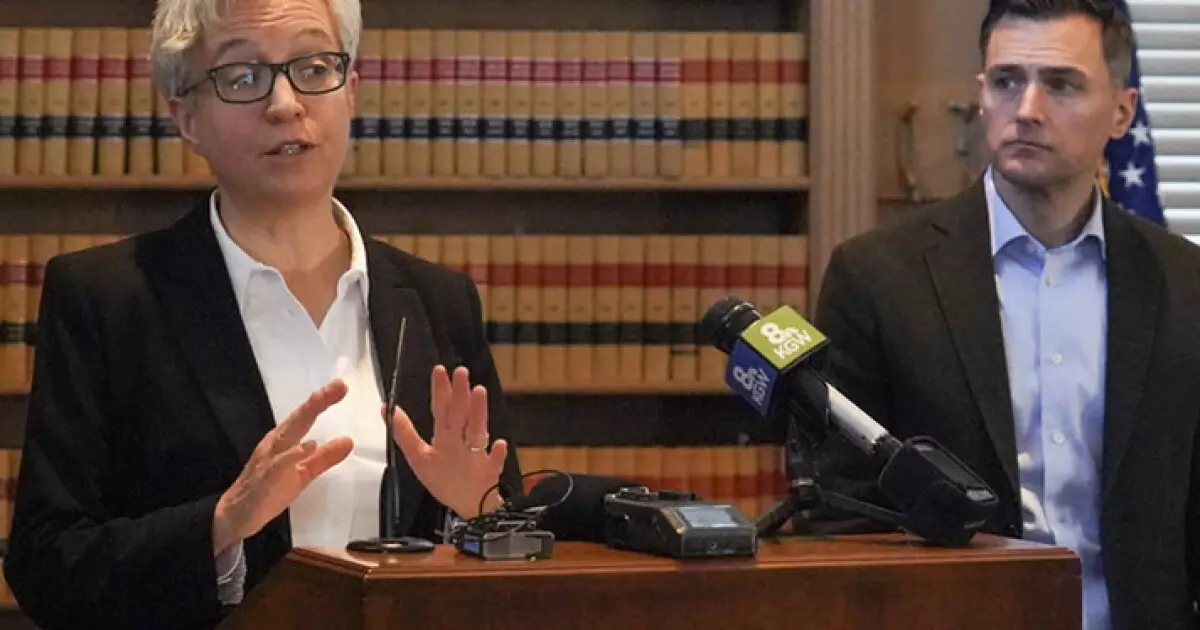Oregon’s transportation system teeters on the brink of disaster, and the recent mass layoffs at the Oregon Department of Transportation (ODOT) serve as a stark warning. By dismissing nearly a thousand workers—cutting critical maintenance crews, support staff, and operational roles—the state is sacrificing its infrastructure’s very foundation. Such reductions are not merely budget cuts; they threaten the safety, efficiency, and longevity of Oregon’s roads and bridges. Ordinary citizens paying tolls and taxes will ultimately suffer when potholes grow larger, pavement deteriorates faster, and safety measures like snow clearing diminish. The degradation signals an alarming neglect, revealing that fiscal austerity has crossed from necessary to negligent. Oregon’s neglect of essential maintenance will accelerate the deterioration of its public assets beyond repair if urgent corrective measures aren’t taken.
The Political Shortsightedness and Underfunding Crisis
The root cause of this crisis lies squarely in political failure. Despite robust discussions and years of effort, legislative inertia prevented lawmakers from passing a comprehensive transportation fund—House Bill 2025. With the inability to raise an estimated $14.6 billion through tax hikes and fees over a decade, Oregon’s leadership chose indecision over action. Such inaction is emblematic of political myopia, where short-term fiscal conservatism overrides long-term planning. The shame is that this crisis was entirely preventable. Instead of prioritizing infrastructure, lawmakers opted to delay, weaken, and then abandon vital investments. The current situation underscores a brutal truth: ideological rigidity and petty politics threaten Oregon’s future mobility, safety, and economic health.
The Consequences for Everyday Oregonians
The tangible impact of these cuts is felt acutely by residents, especially those in rural and mountainous regions. As winter approaches, emergency services will face increased difficulty in snow and ice removal—an essential task that keeps roads passable and lives safe. The scaled-back vegetation management will elevate wildfire risk, especially during Oregon’s fire-prone seasons. Commuters will encounter longer, more dangerous drives, with higher probabilities of accidents due to reduced visibility and less frequent maintenance. Those responsible for emergency evacuations will be hamstrung by insufficient staffing, increasing the threat of chaos during natural disasters. These aren’t minor inconveniences; they are life-threatening failures rooted directly in political apathy and fiscal mismanagement.
The False Promise of Cost-Cutting and Its Real Cost
Faced with financial constraints, officials argue that they are doing their best to mitigate damage—cutting back on materials, delaying vehicle replacements, and preserving institutional knowledge through staff retention. While these actions are presented as responsible, they are merely band-aids on a hemorrhaging wound. True cost-cutting, when executed at the expense of core services, guarantees future expenses—more significant repairs, accidents, and emergency responses ultimately costing taxpayers far more than proactive investments would have. This approach reflects a shortsighted, penny-wise, pound-foolish mentality that jeopardizes Oregon’s economic stability. The false economy of slashing essential services now will manifest in exponentially higher costs later, making the current decisions both reckless and irresponsible.
Urgency for Centralized Leadership and Accountability
The crisis unfolding in Oregon exposes the critical need for decisive leadership that prioritizes the common good over political brinkmanship. Governor Tina Kotek’s push to call lawmakers back into a special session underscores a recognition of this failure—yet it remains uncertain whether bipartisan cooperation can be achieved in time to prevent further deterioration. Responsible governance requires boldness, transparency, and a willingness to invest in future stability—not just immediate political wins. Oregon’s future depends on pragmatic, forward-looking decisions that recognize infrastructure as an essential service, not a political football. Without prompt action and a willingness to fund transportation adequately, the state risks entrenching a cycle where neglect becomes the norm, and Oregon’s once-proud infrastructure becomes a relic of political malpractice.

